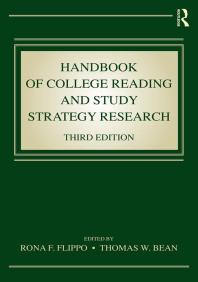
Listed below are options available for you to contact a reference librarian and ask for help with your research.
Charles Greenberg is the original author of this guide, which he updated through July 2019.
In the digital humanities, close reading has been a central practice that is premised on careful attention to features contained in a text, as well as its variations, history, transmission, possible meanings, and range of nuances. Distant reading explicitly ignores the specific features of any individual text that close reading concentrates on in favor of gleaning larger trends and patterns from a corpus of texts.
SOURCE: Burdick, A., Drucker, J., Lunenfeld, P., Pressner, T., & Schnapp, J. (2012). Digital Humanities. Cambridge, MA: Massachuetts Institute of Technology. Retrieved from https://mitpress.mit.edu/books/digitalhumanities
What we are seeing is the emergence of new conjunctions between the macro and the micro, general surface trends and deep hermeneutic inquiry, the global view from above and the local view on the ground.
Radically innovative approaches to mapping could emerge from within the Digital Humanities to create environments for exploring differential geographies and delving into heterogeneous geospatial representations, beyond simply registering the phenomenological aspects of space on conventional maps

Electronic Resource 2018
Electronic Resource 2018
Electronic Resource 2018
Electronic Resource 2021
Electronic Resource 2018